Opinion
The dramatic rise of Vietnamese agriculture
Map Insights
|
 |
Posted on August 06, 2013
“INCLUSIVE GROWTH” is the current buzzword, and so decision makers are looking for models that will create jobs and incomes. Inclusive growth does not require rocket science. It has been proven by peer countries in Southeast Asia.
Vietnam has five products earning over $1 billion a year in exports: rice, natural rubber, cashews, shrimps, and catfish. By contrast, the Philippines has only one — coconut products. Poverty rate has fallen from 90% of the population in 1981 to 34% in 1990 and about 17% in 2009 based on the international poverty line, defined at $1.25 per day at 2005 base.
A farmer in the province of Tra Vinh, one of those cleared from the poverty list, told an interviewer that her family used to harvest only one crop a year. But they have been able to grow more crops and raise productivity, thanks to new varieties, and canals for irrigation.
Agriculture and rural development are crucial factors.
Last year, I was in Vietnam on two occasions: one to visit Arabica farms in highland Dalat, and robusta farms in Daklak. In Daklak, the average coffee yield was two kilograms (kg) per tree per year versus 1.6 kg per tree for the whole of Vietnam, and versus our cellar-dwelling 0.4 kg (repeat 0.4 kg) per tree.
I also visited WASI (Western Highlands Research Center for Agriculture and Forestry) in Daklak. It had 50 researchers on coffee alone. Its new coffee clones will yield 3 to 5 kg per tree in farmers’ field. (Even its black pepper variety averages 2,000 kg per ha of dried peppercorn).
Vietnam has released a strategic plan for coffee production up to the year 2020 and a vision up to 2030, under which total area for coffee growing will be maintained at 500,000 hectares by 2020, with an output of 2,400 kg per hectare, and 479,000 hectares with an output of 2,500 kg per hectare by 2030. Export[s] earned $2,500 million from 1.2 million tons of beans.
High productivity of coffee made Vietnam the world’s second largest player after Brazil for all coffee types (Arabica and Robusta), and the largest exporter of Robusta.
Vietnam supplies the world with rice. It ranks second in world export in 2012 after India. Thanks to the supply of water from the Mekong River and good research and extension services, which give Vietnam an average yield of 5.5 tons per hectare. But rice is not a prime example of Vietnam’s success in agriculture and fishery. Rice and the huge Mekong River have always been there for a long time. Cheap and reliable irrigation is the life of rice farming.
The other successes can be measured by the rapid spurt in exports in the past two decades. I refer to the other “stars” between 1990 and 2010: natural rubber, coffee, cashew, pepper, catfish and shrimps.
In 2012, Vietnam became the third largest exporter of natural rubber after Thailand and Indonesia, earning US$2,850 million. In 2012, it had 910,500 hectares of rubber, surpassing its target of 800,000 hectares in 2015. The small rubber farmers yield is more than 50% more than their Filipino counterparts. In the same year, the country harvested nearly 290,000 tons of cashew nuts from over 330,000 hectares. Of the total figure, 223,000 tons, some $1,500 million were exported. Fruits and vegetable exports are projected to reach $1,000 million in 2013.
On pangasius catfish (dore fish in Philippine supermarkets), the processing sector involves 150,000 farmers in the Mekong Delta. There are more than 290 processing plants in the industry that can buy farmed fish to process before export to foreign markets. Exports in 2011 hit over 600,000 tons valued at $1,800 million.
Meanwhile, shrimp exports reached $2,400 million in 2011, equal to the figure of 2010. White shrimp exports reached $704 million, showing an increase of 70%. Exports were maintained despite the diseases in black tiger farms.
The Philippines has a similar land area as Vietnam. By World Bank data, the Philippines has a total farm land of 12.1 million hectares as compared to the latter at 10.8 million hectares.
WHAT IS THE SECRET OF VIETNAM’S SUCCESS?
Dr. Eliseo Ponce, who has been a noted Filipino research and extension consultant for many years in the Mekong region that includes Vietnam, aptly summarized the answer: “The agriculture bureaucracy is not perfect like any other human institutions. I heard some people talk about corruption at the very high level and inefficiency in interfaces among government agencies. But the bureaucracy works.”
“There is policy consistency at all levels of implementation, bearing in mind that agriculture extension in the country is very much decentralized under an empowered provincial government. The national government provides policy directions; the local government implements. The agriculture research system under the Ministry of Agriculture and Rural Development is well-organized with highly trained staff and modern laboratories. The regulatory system of the country is well structured as a group of agencies apart from research and extension under the Ministry avoiding conflict of interest.”
A related report, a cross-country study in 2000 by the International Food Policy and Research Institute, found that agriculture research has a median rate of return of nearly 50%. For extension services, it is almost 60%. As a benchmark, a rate of return over 15% is already good.
No wonder, there are far fewer poor people in Vietnam. Best practices like these ought to be replicated in countries like the Philippines.
(The article reflects the personal opinion of the author and does not reflect the official stand of the Management Association of the Philippines. The author is the Executive Director of the Center for Food and AgriBusiness of the University of Asia & the Pacific. Feedback at <[email protected]> and <[email protected]>. For previous articles, please visit <map.org.ph>)
